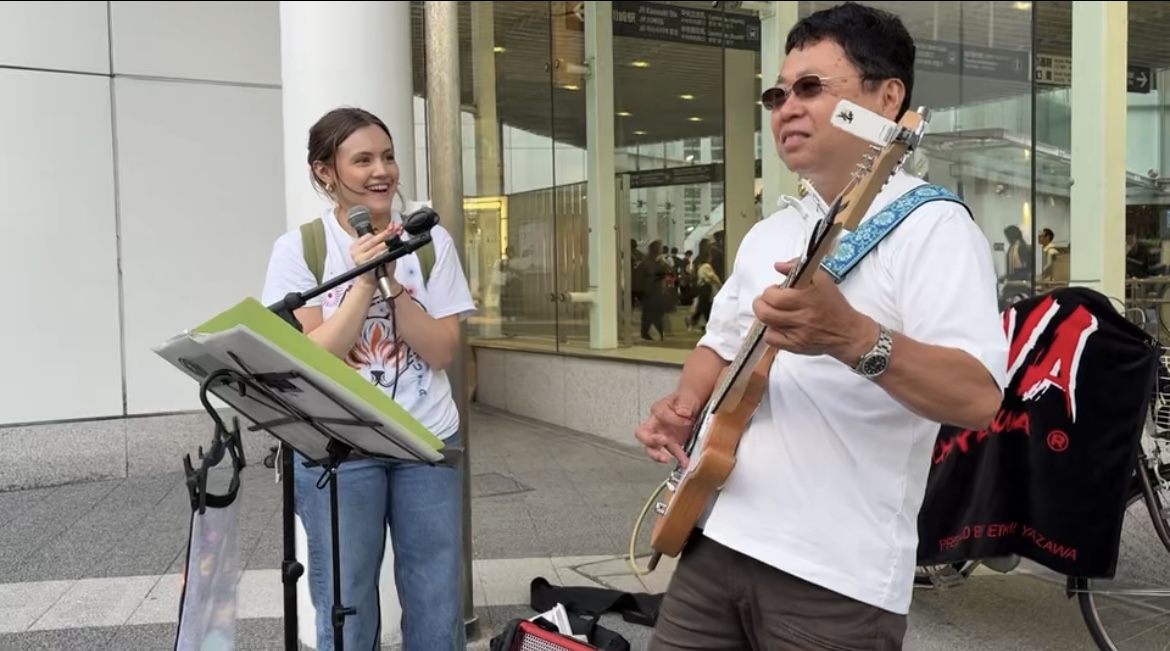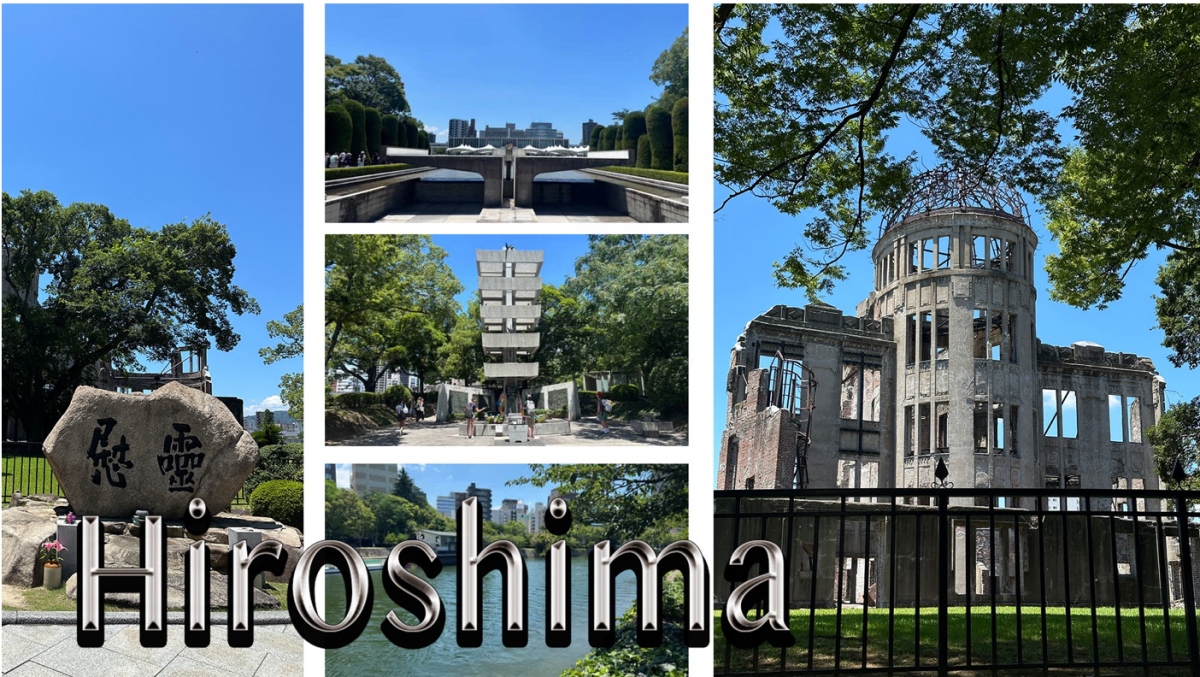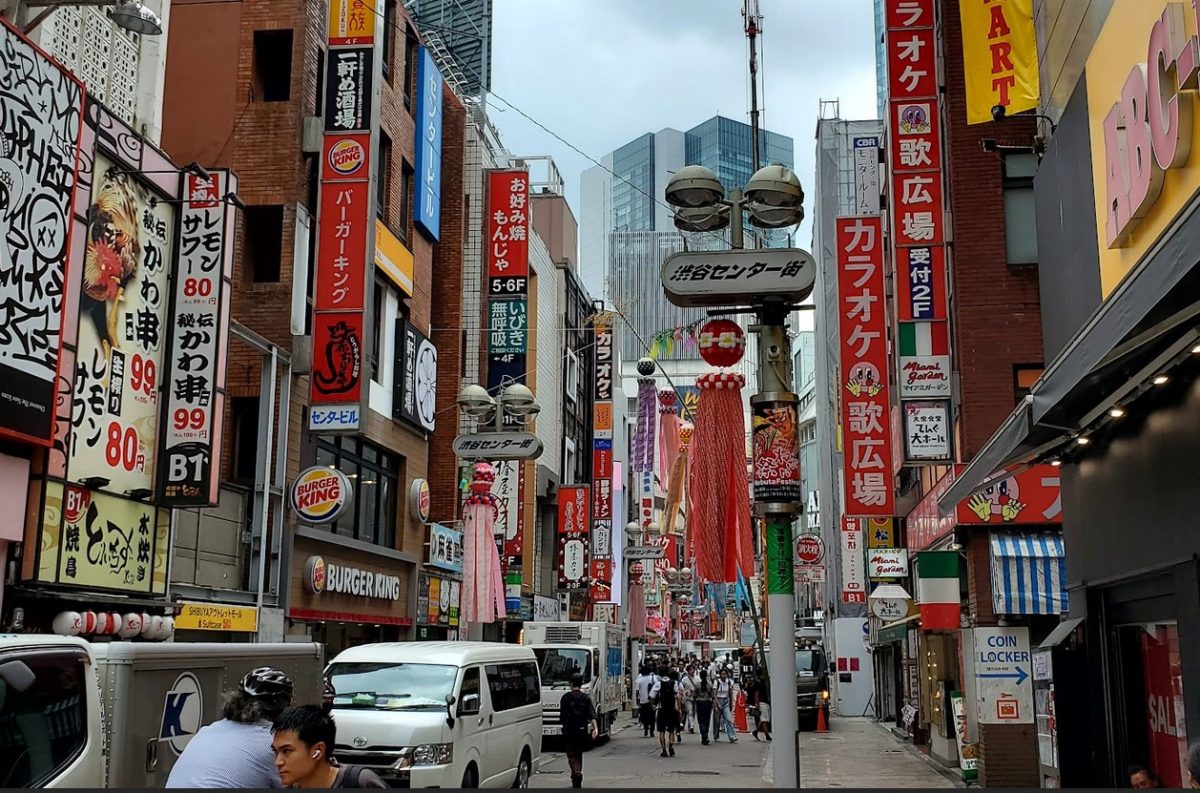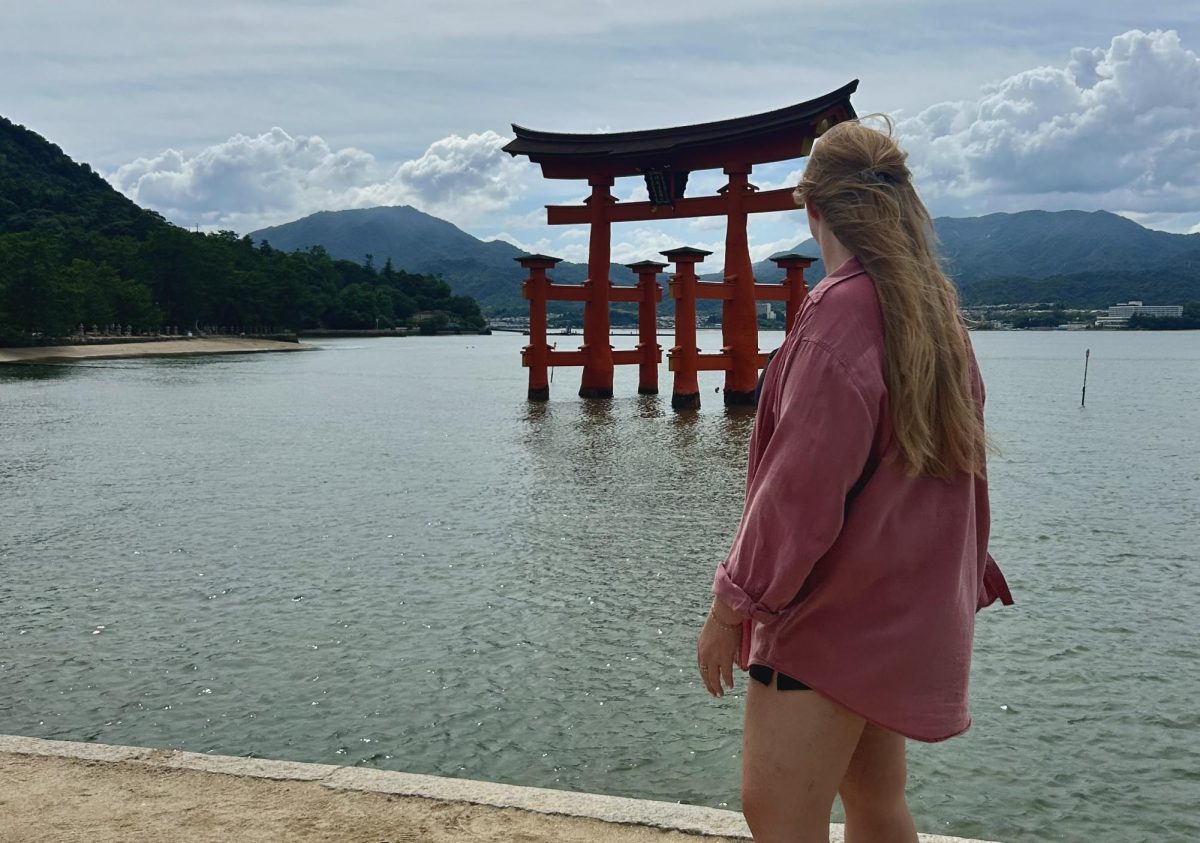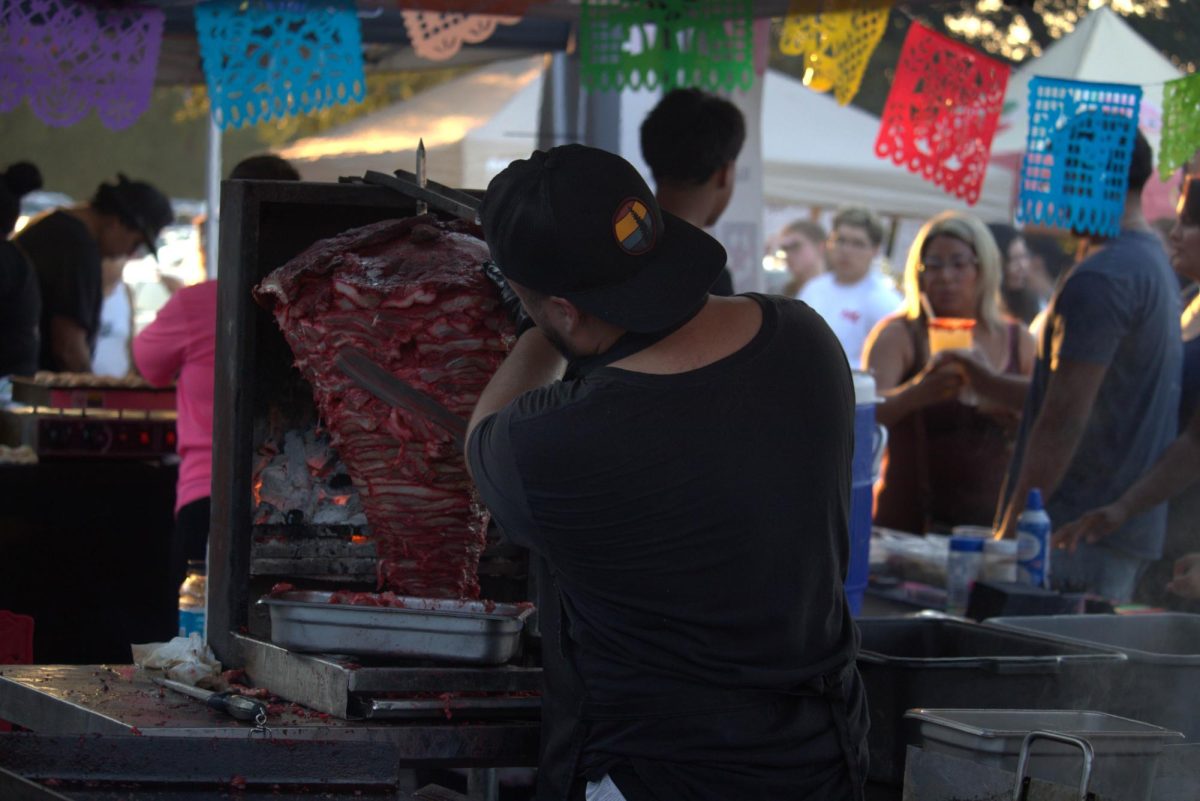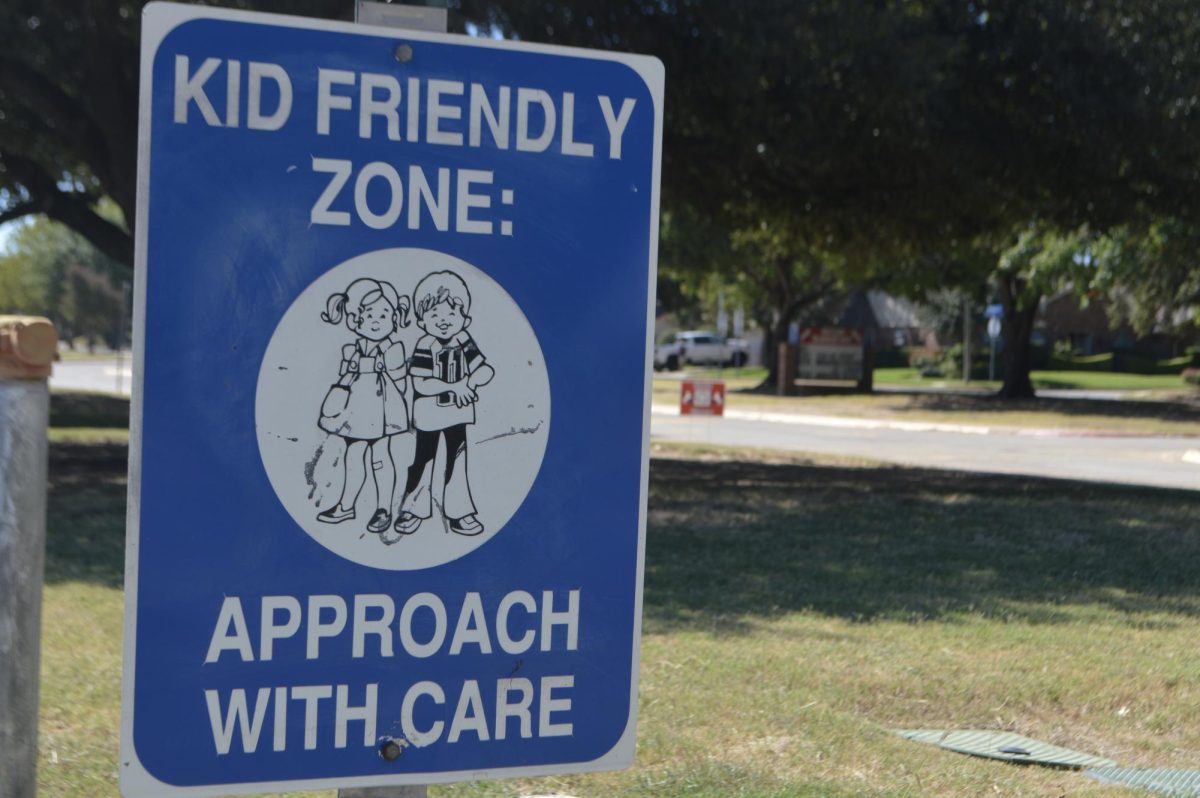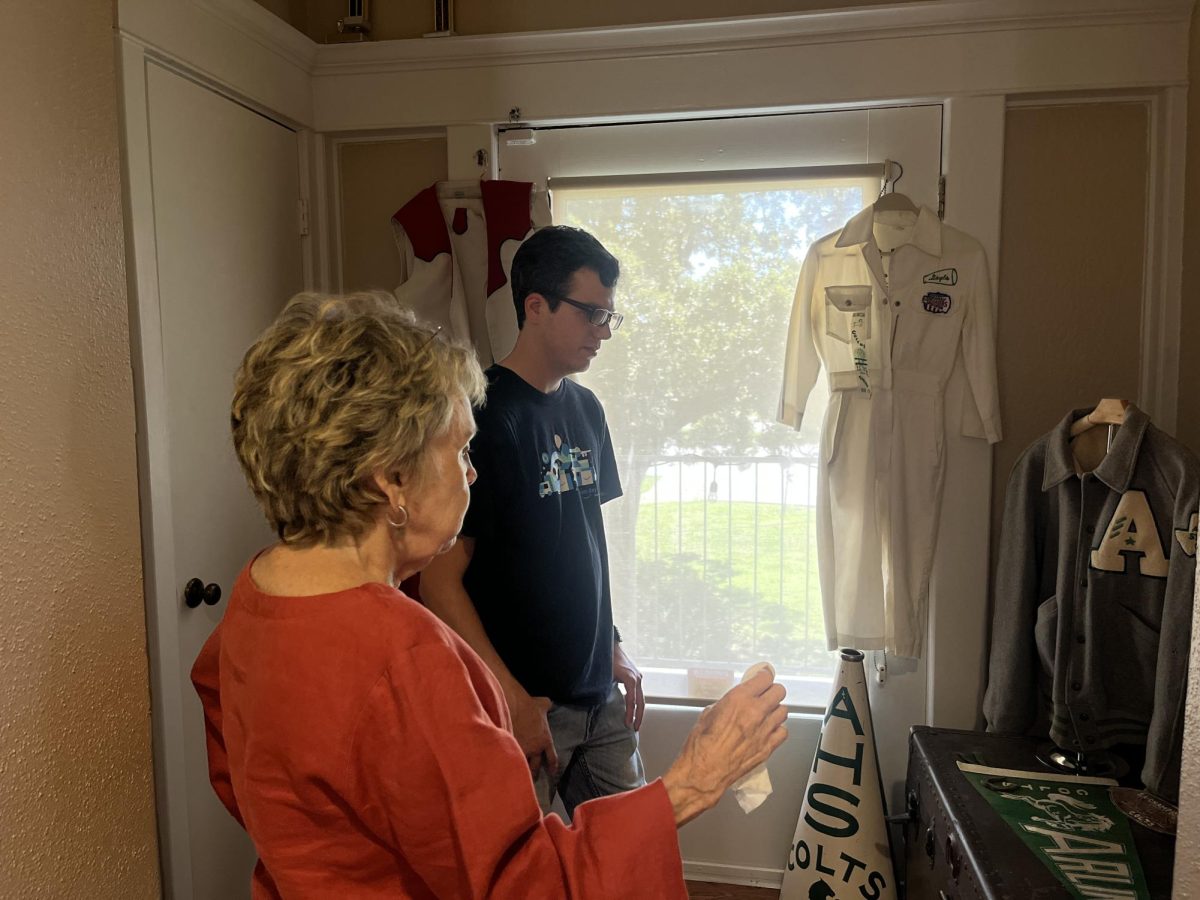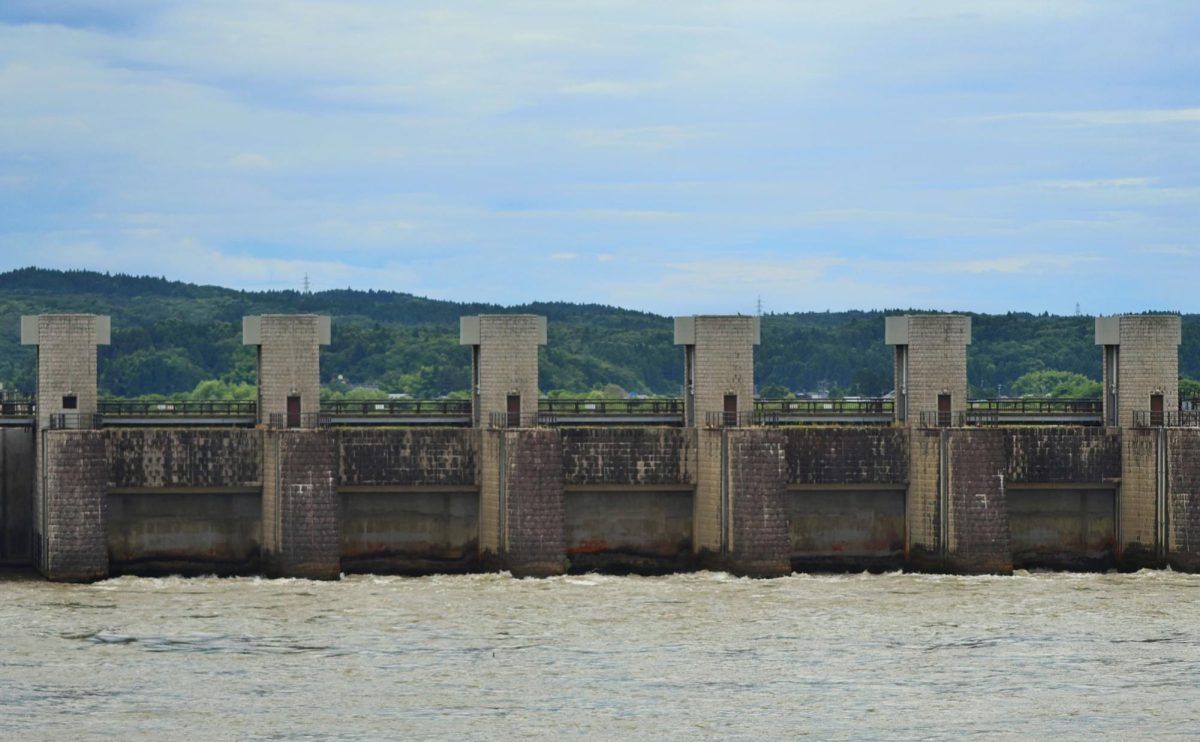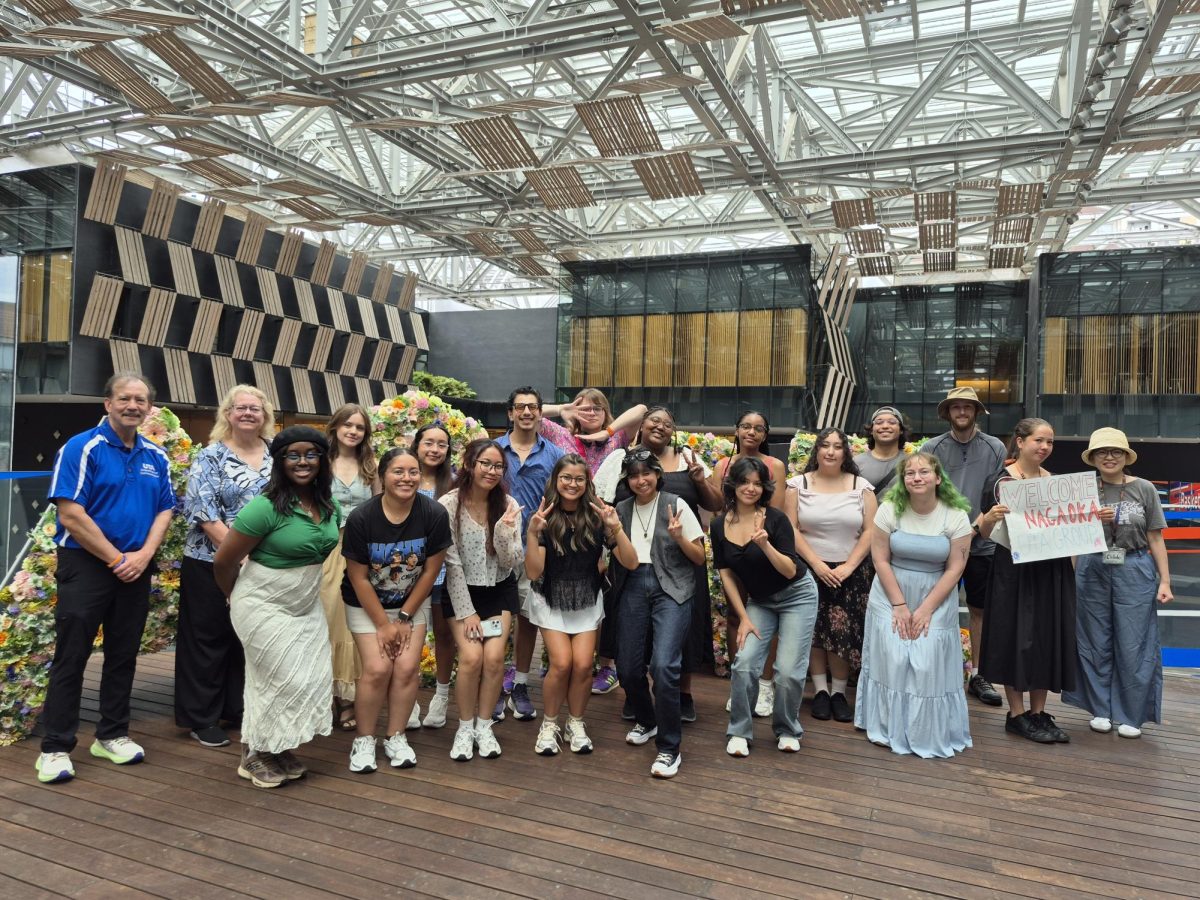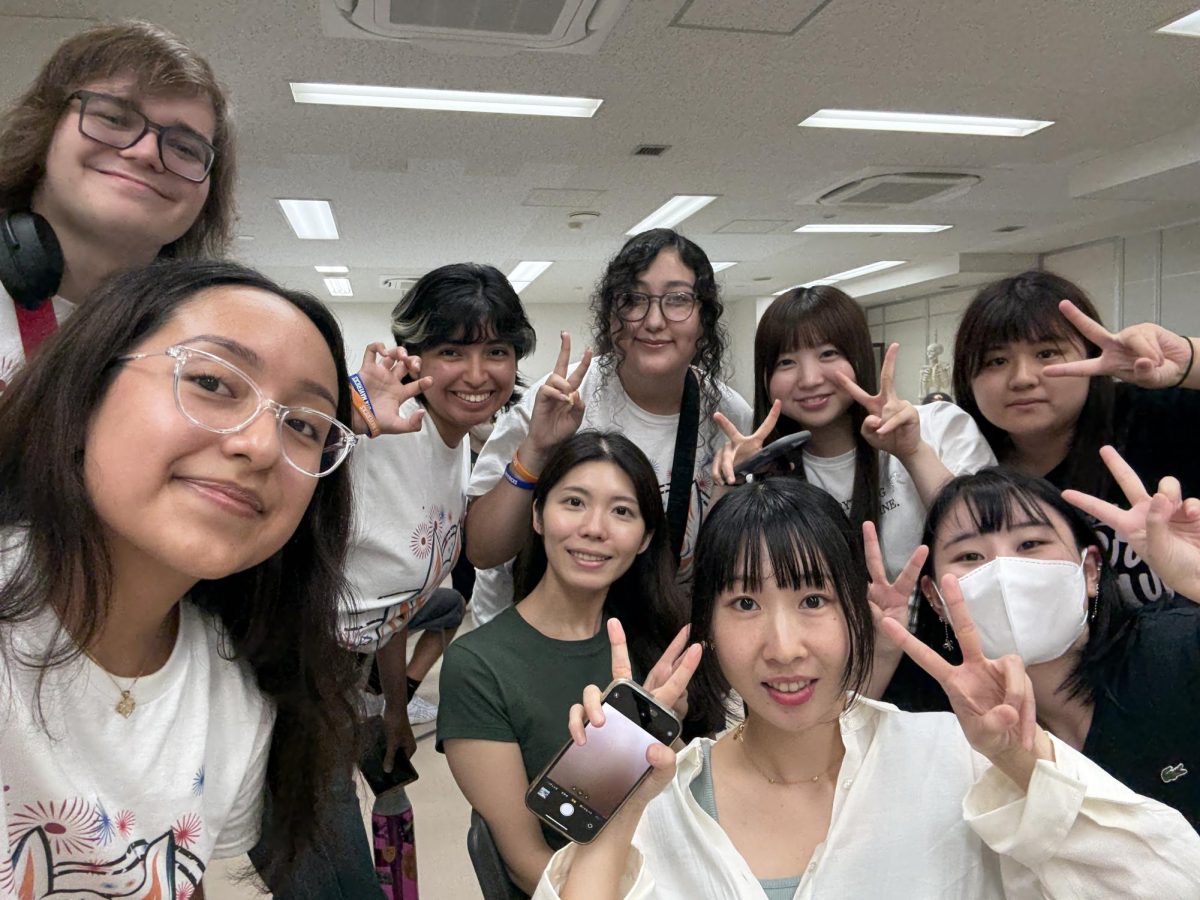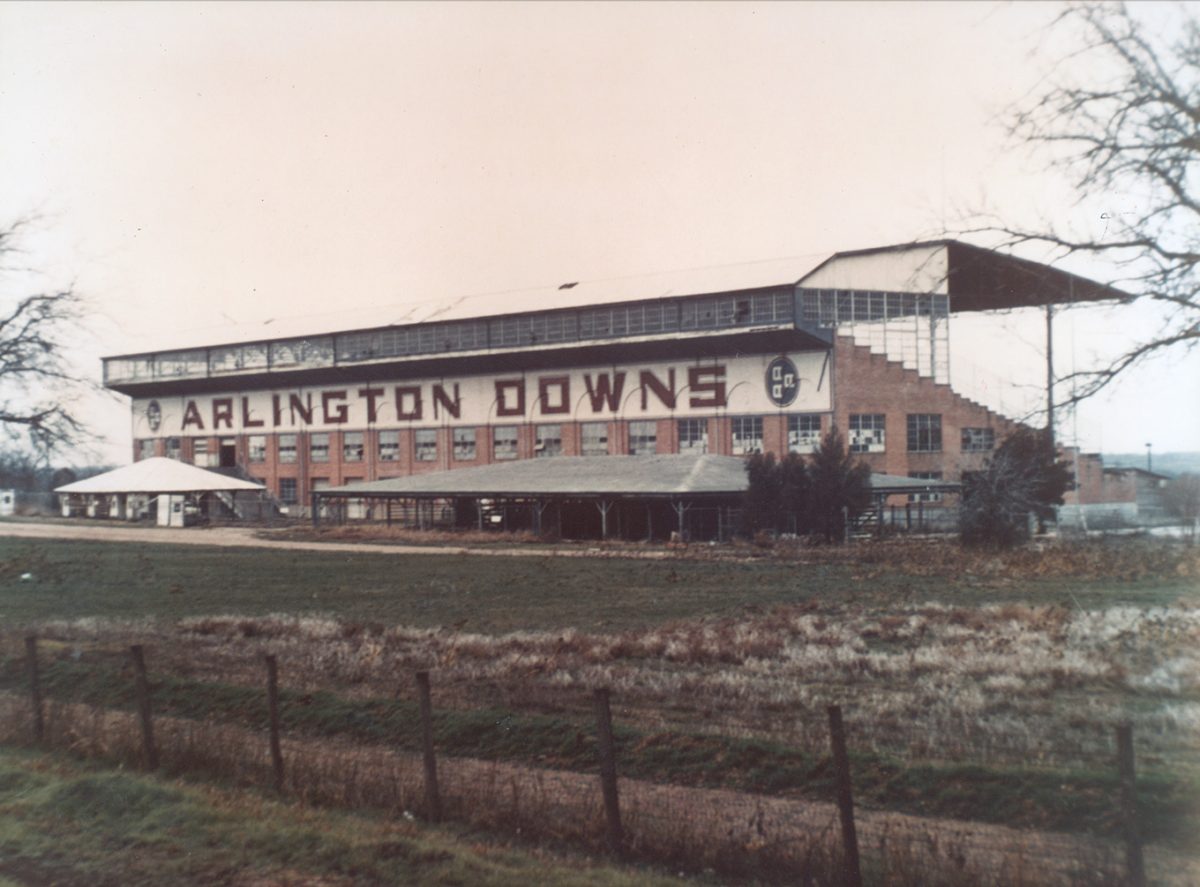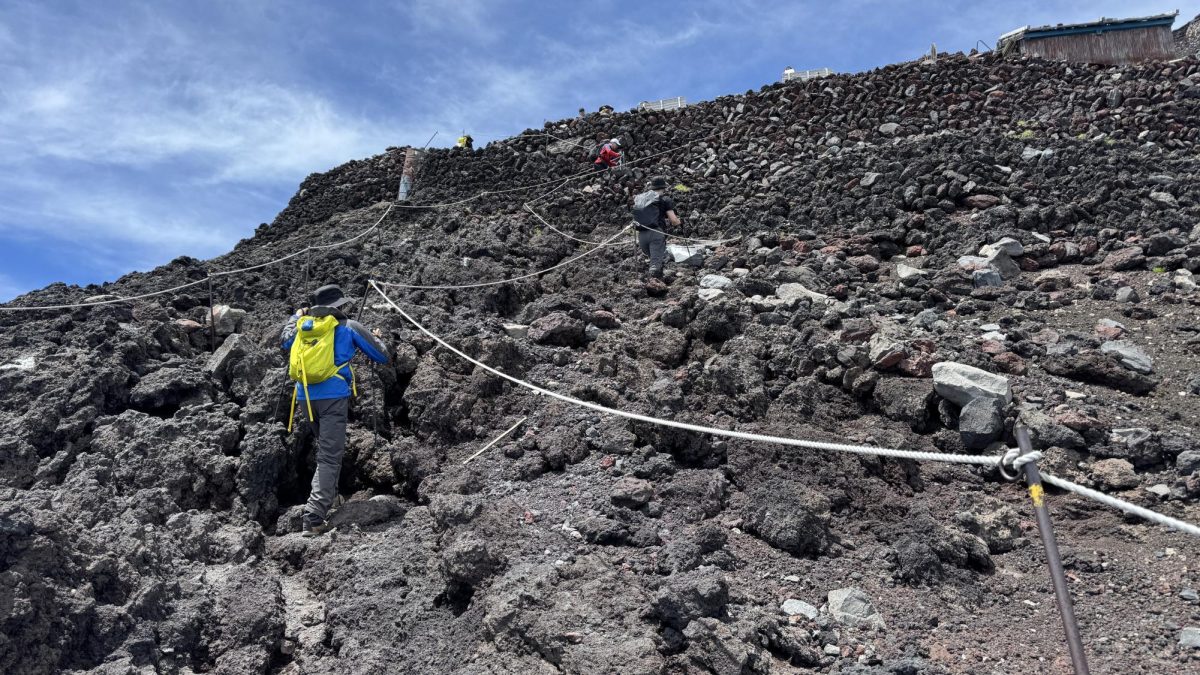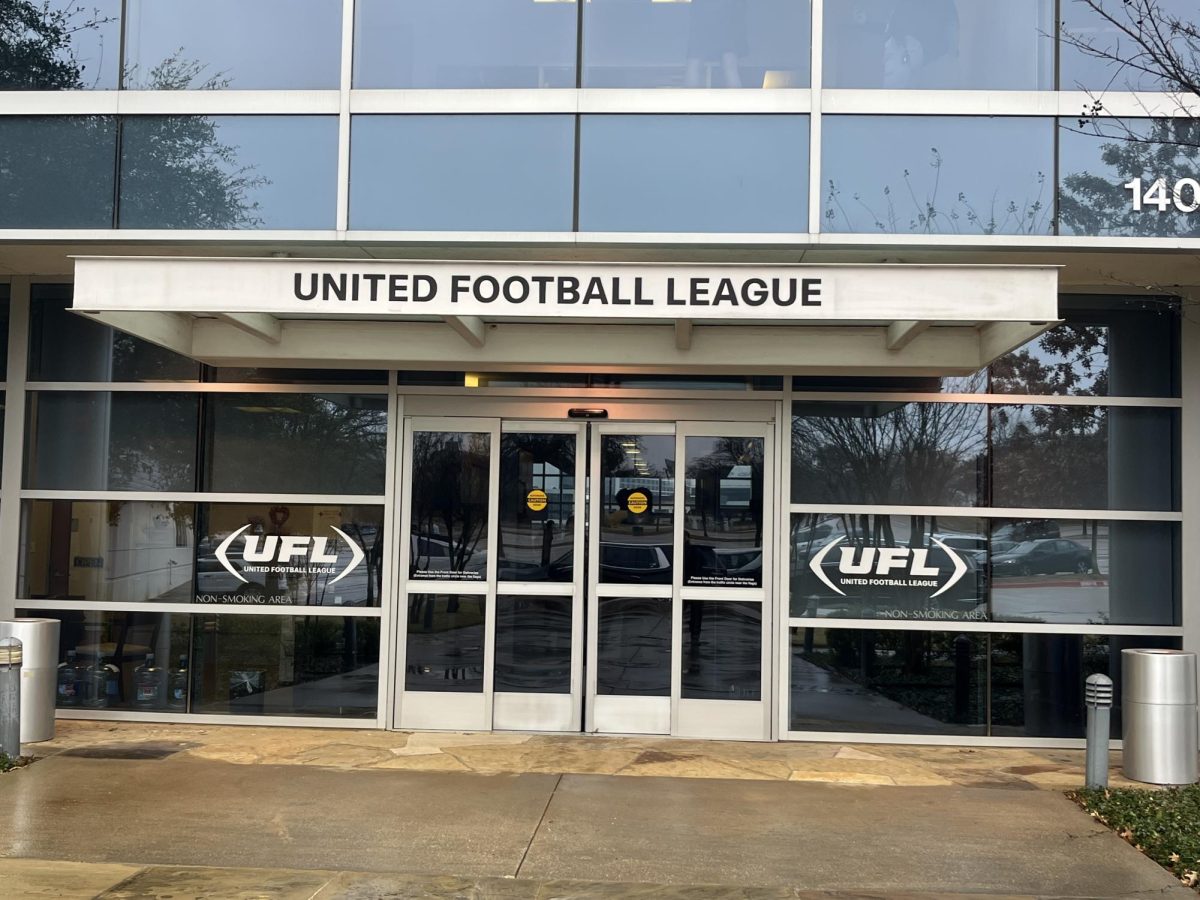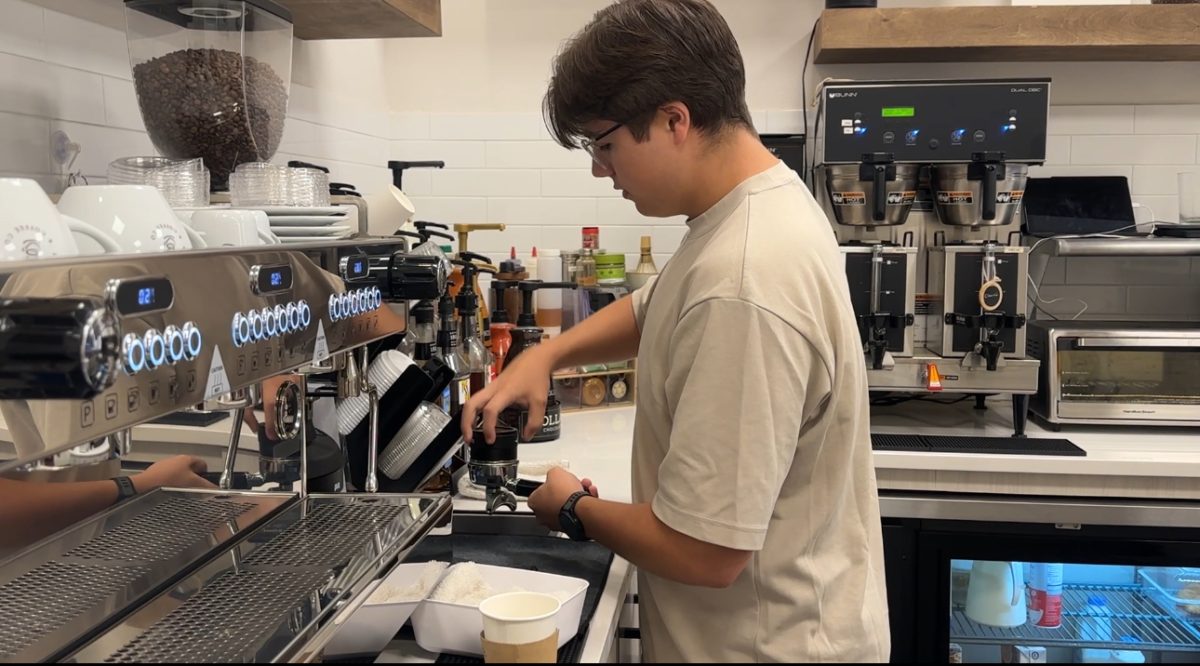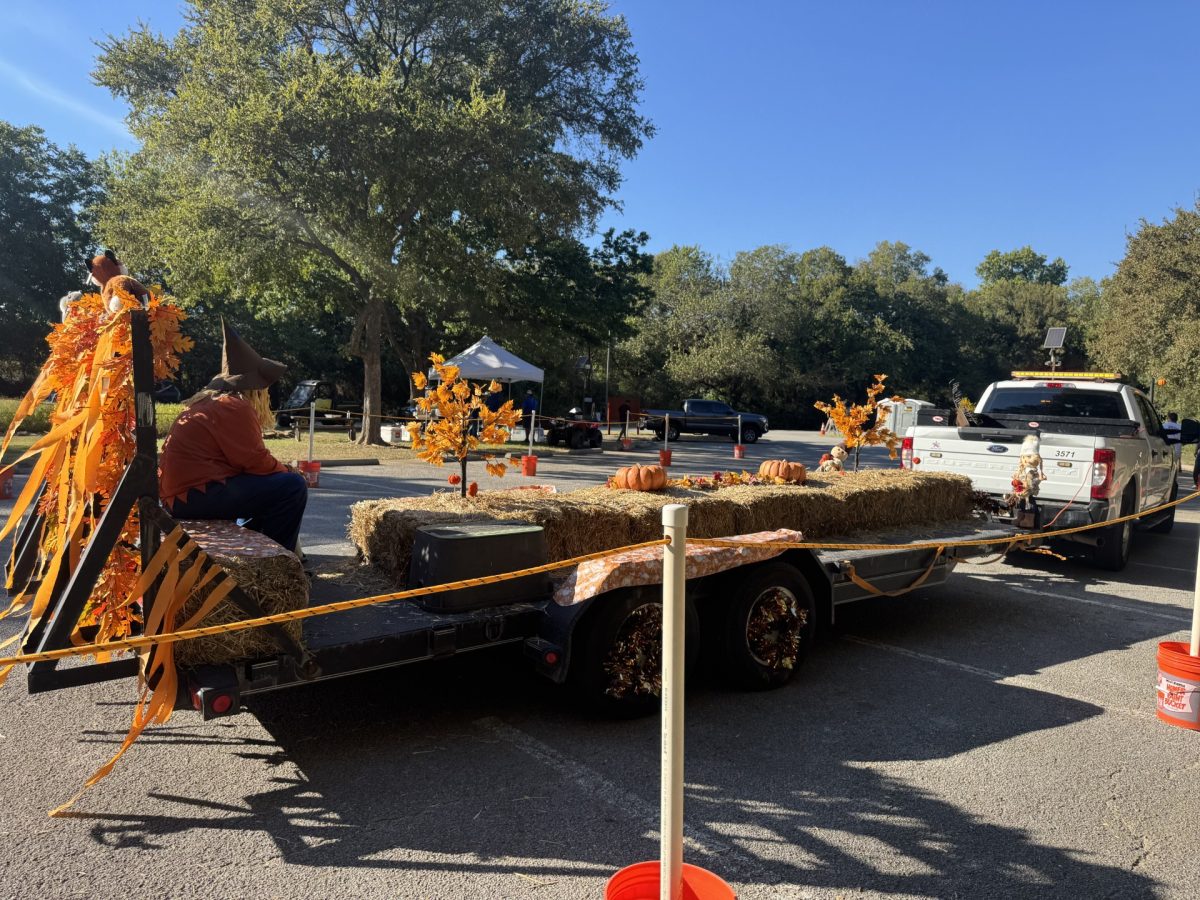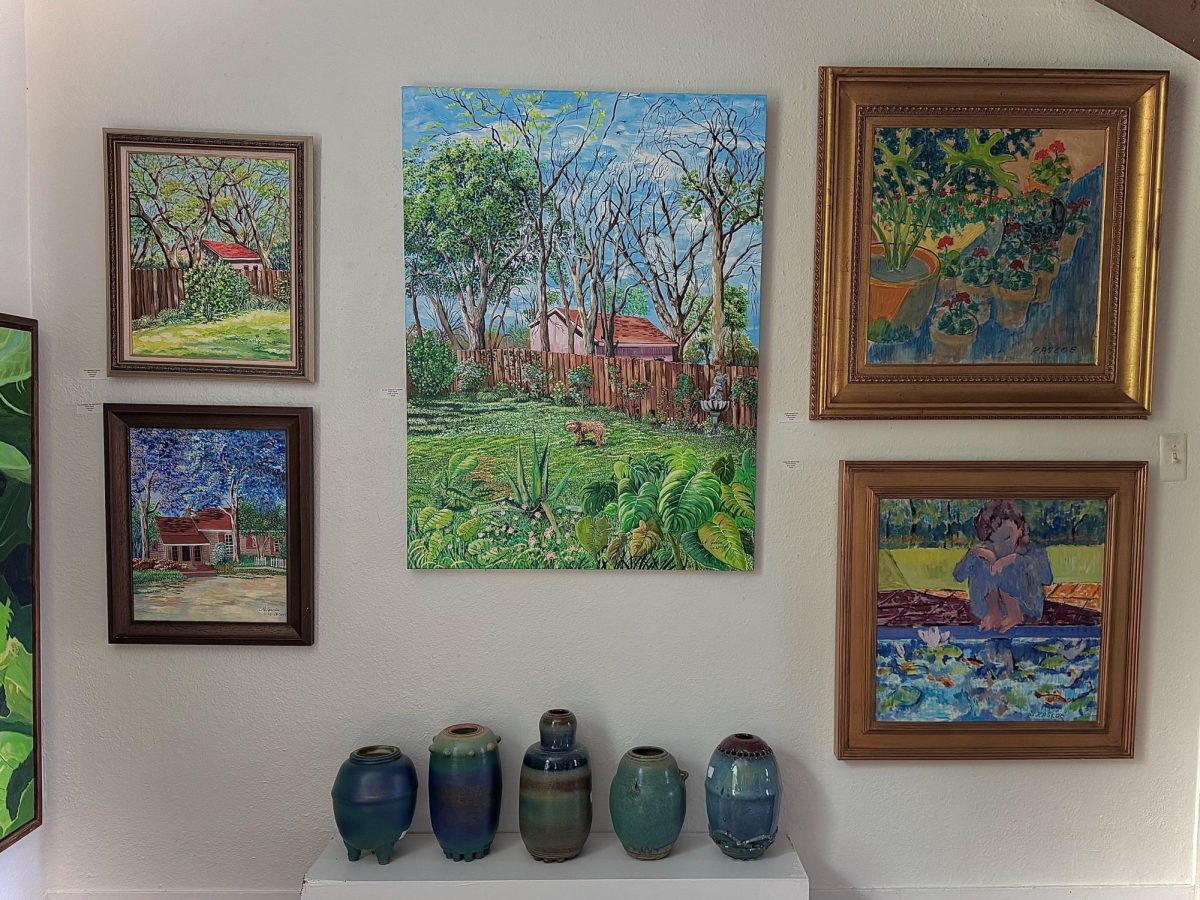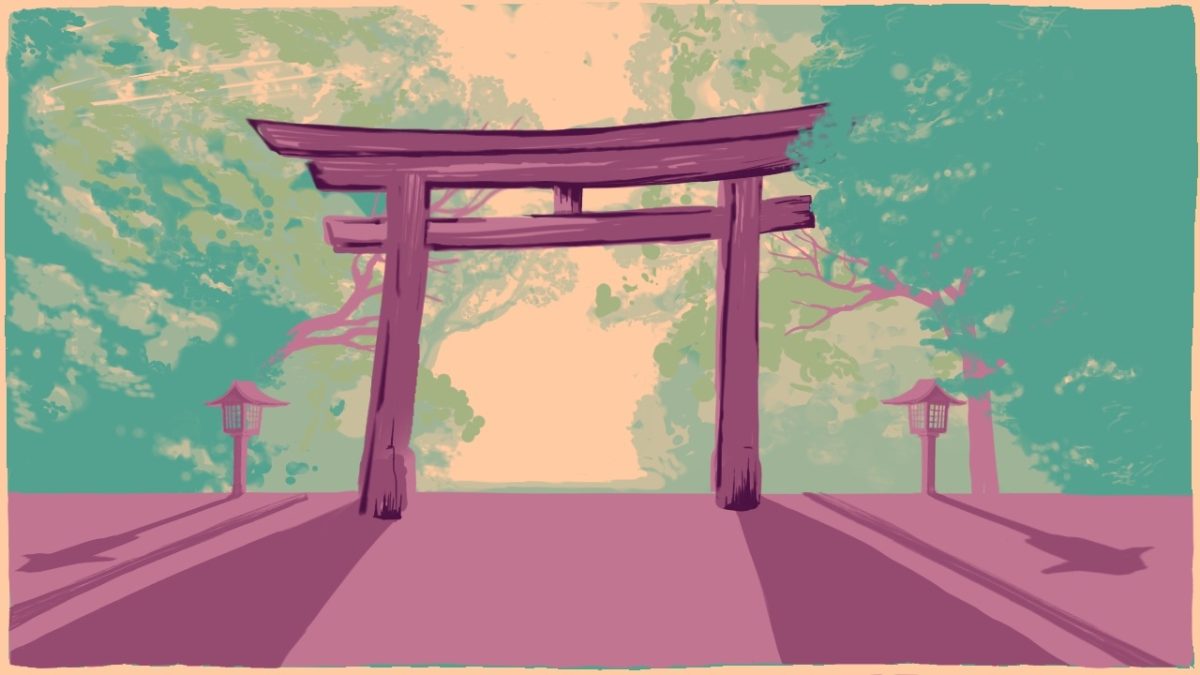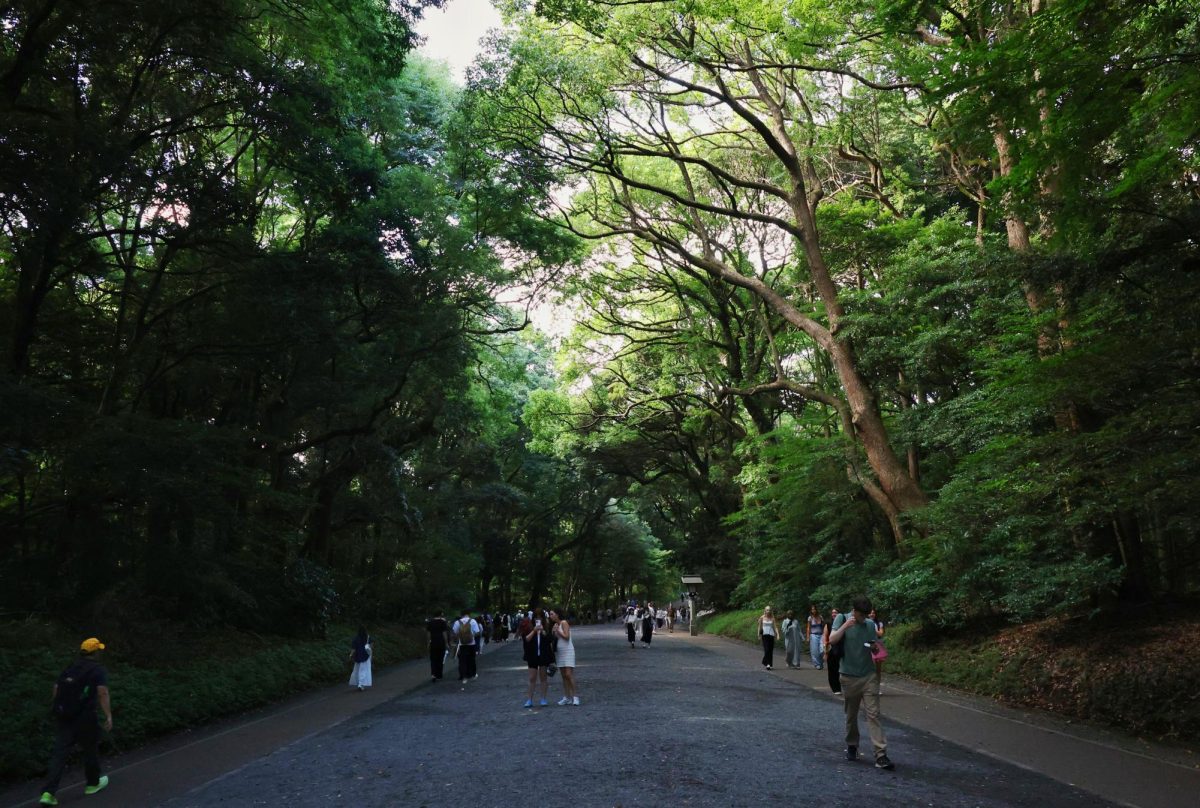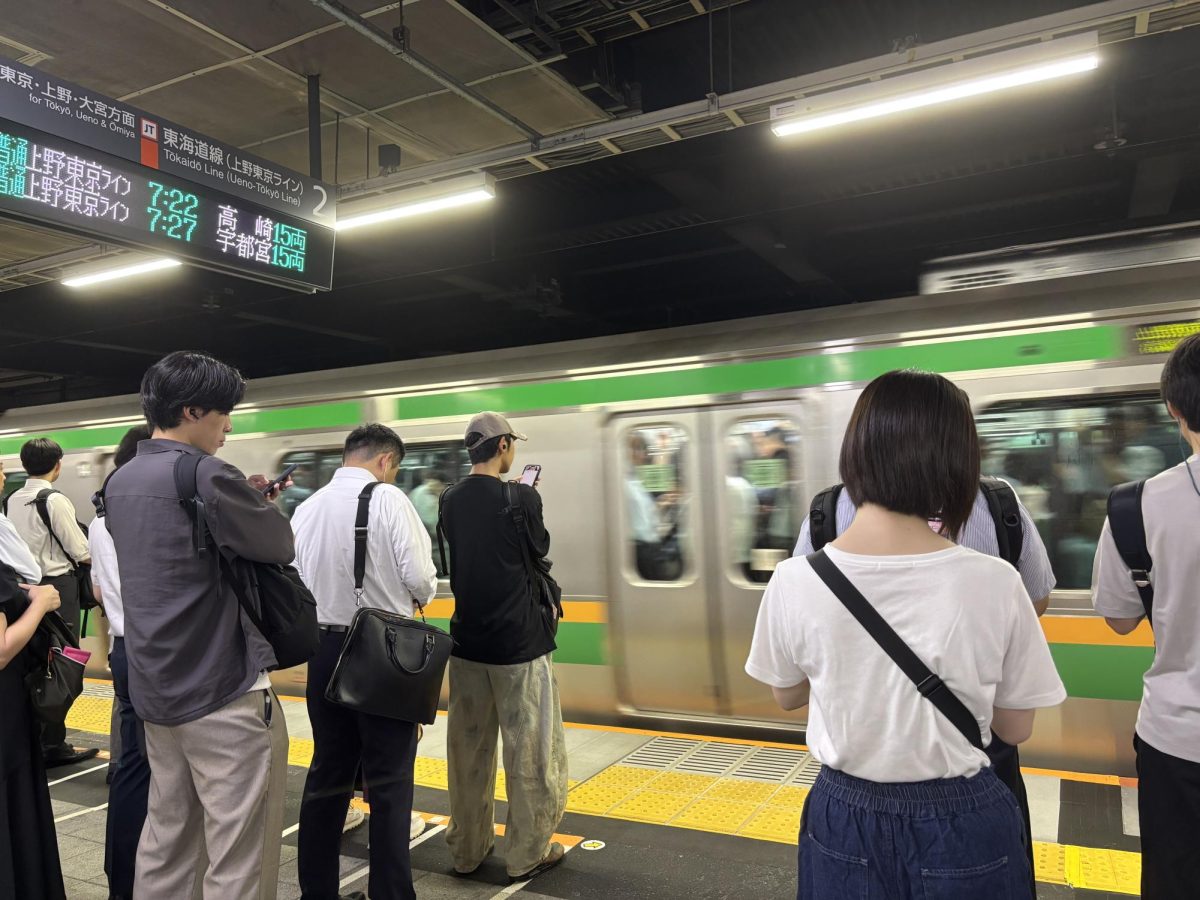TOKYO – We hadn’t been in Japan for 24 hours before we were hitting the town, weaving through the hordes of people and shimmying our way down narrow store aisles. Everything felt shiny and new, even the perfectly recognizable products differing from their American counterparts only by the language of the packaging.
With fingers beginning to grow sore from shopping bags, we figured it was time to sit down and enjoy our first proper meal at a restaurant in Japan. Driven by a craving for fried chicken and a desire for some proper A/C, we picked a place with pictures that looked appetizing enough online and let our phones lead the way. It took us a good 10 minutes of wandering lost before we realized that our meal wouldn’t be found right off the street.
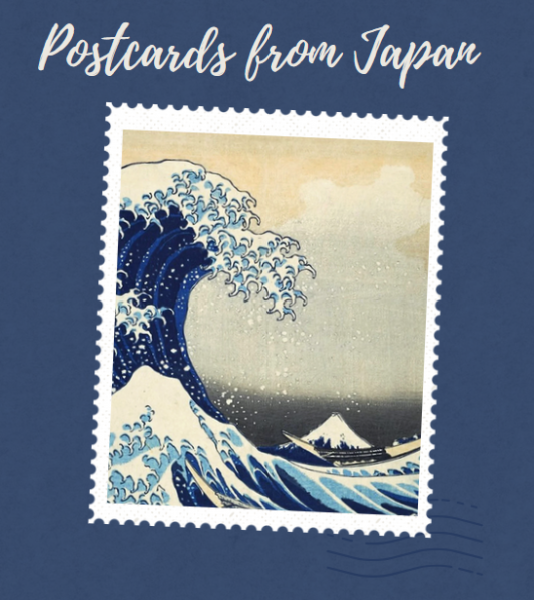
Instead, we had to venture into Kawasaki Station.
Those first few steps down the stairs were made with confusion, but that quickly melted away into wonder when we were greeted by a row of restaurants all offering travelers and locals alike a place to grab a quick bite.
Arlington suffers by comparison
It wasn’t that train stations themselves were a foreign concept to me. I’d stepped foot on my fair share of platforms in the states, but since moving to the Arlington area, my interaction with public transportation had diminished to basically nothing. My only experiences with a train had been sitting on Cooper Street as a freight train lumbered by and made me late to class.
But peppered throughout Japan, you’ll find train stations aplenty. While some rise from the streets to place you almost directly on the platform, many are meccas for travelers to explore and get lost in. In short, the train station in Japan is far more than just the train.
Some stations find themselves smushed amongst shopping centers. Kawasaki Station is snuggly nestled between Atre and Lazona, two large, multi-floored shopping malls. In fact, it’s quite common for stations to be extensions of shopping centers in more populated areas. Shinjuku station is paired with the Lumine shopping mall and the East gate at Shibuya Station links directly to Tokyu Department Store.
Stations foster business
In addition to large shopping centers, these stations are also chocked full of smaller shops ready to provide passengers with whatever they may need. And sure enough, you don’t have to look far to find a vending machine. They are scattered all throughout the station, and you can find multiple on each platform as well. Trust me, there’s nothing more satisfying than grabbing a Pocari Sweat after stepping off of a busy, packed train.
Back home, I don’t have a license, so finding my way to work can be a bit of a hassle, especially in a city with no public transportation. Getting a rideshare to work can cost me around $16. Plus, with a rideshare, you need to hope there’s a driver available in the moment. A trip from Kawasaki Station to Shibuya Station only cost us ¥318 ($2.14 at the time of traveling). Most lines have trains running frequently, so you only have to wait a few minutes between each one. And with 882 stations in the greater Tokyo area, it’s not hard nor expensive to hop on the train and find yourself in a brand-new place.
To view a timeline of some of Japan’s train stations, please click here.
Eki melo train jingles
One of the charms of traveling on a train in Japan is the little melodies that play to signal arriving and departing trains. As a train is arriving or departing, a seven-second jingle plays, alerting travelers and providing a quick way to measure how long they have before the doors will begin to close. These jingles are called “eki melo” and nearly every station’s is unique. Eki melo that signal an arriving train tend to grab a listener’s attention whereas that of a departing train is designed to put the rider at ease.
It didn’t take long before the little songs caught my attention.
Fans of eki melo can even bring a piece home in the form of keychains that play some of the signature jingles. While they are sold in select stores in the Tokyo area, EkiChains can also be purchased online. If you want to grab one for yourself, make sure to move fast as they tend to sell out very quickly!
In addition to these jingles, some platforms may also play other sounds such as bird chirping. All of these are used to ensure a positive experience while travelers’ commute.
To hear an exploration of Japan’s eki melo, please click here.






